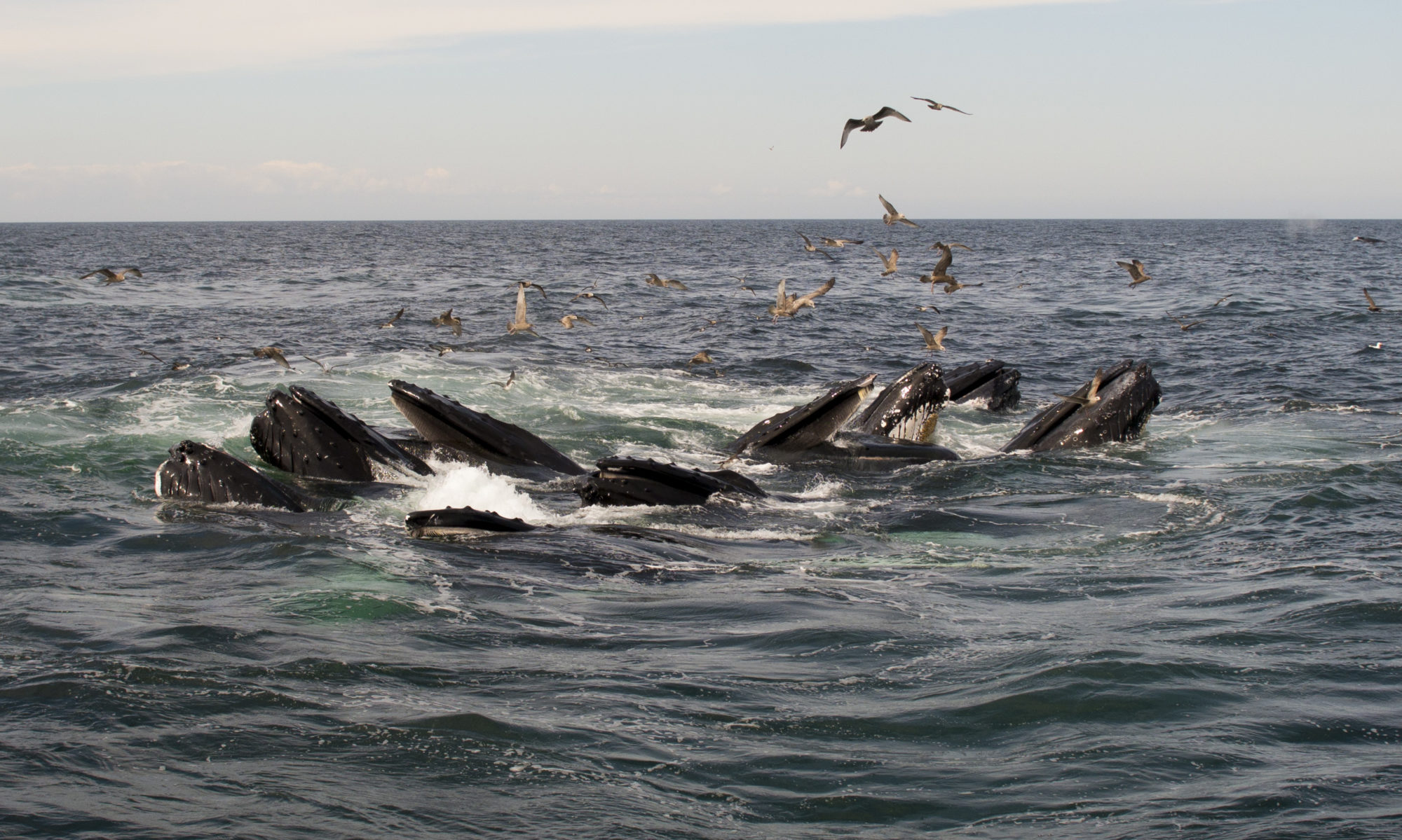I fell out of keeping up to date, so the first part of 2002’s list is rather spotty.
January 2002
Ulysses by James Joyce
Issola by Stephen Brust
February
March
In the Country of the Blind by Michael Flynn
April
May
Bones of the Earth by Michael Swanwick
Calculating God by Robert J. Sawyer
Flash Forward by Robert J. Sawyer
Starman by Sara Douglass
The Years of Rice and Salt by Kim Stanley Robinson
The Visitor by Sheri S. Tepper
June
King’s Blood Four, Necromancer Nine, Wizard’s Eleven, The Song of Mavin Manyshaped, The Flight of Mavin Manyshaped, The Search of Mavin Manyshapted by Sheri S. Tepper
July
Birthday of the World by Ursula K. LeGuin
August
Simple Gifts: Lessons in Living from a Shaker Village By June Sprigg. This is a charming book: Sprigg herself, reflecting on her younger self, is interesting both as an author and as a young adult; the Shaker women and their neighbors are delightful; and the simple line drawings add a special note now and again.
The Dragon Reborn by Robert Jordan, book three of a huge, trashy fantasy series.
October
Home to Harmony By Philip Gulley. Sentimental and moralistic, but all the same warm, loving, and generous. Phil’s Christianity isn’t willing to leave anyone behind. Harmony is a well-drawn portrait of small-town life with affectionate pokes at most everyone.
Knitting for Anarchists By Anna Zilboorg. Quirky and idiosyncratic manifesto on independent, creative knitting. Great photos of her recommended techniques.
The Botany of Desire: A Plant’s-Eye View of the World by Michael Pollan. The chapter on apples confirmed my impulses to buy locally-grown, heirloom varieties (of anything, not just apples). The second chapter was really more about people than tulips, and made me hope never to get caught up in financial speculation. The pot chapter made me want to fly off to Amsterdam. . . . The final chapter, on potatoes, made a trip to McDonald’s sound scary. Makes me want to buy only organic produce
November
Folk Vests: 25 Knitting Patterns and Tales from Around the World by Cheryl Oberle is a nicely done book with lots of ideas. Much like Oberle’s Knitted Shawls, most of the patterns aren’t actually patterns for Japanese or African, etc. knitted vests but are rather patterns for knitted vests inspired by international textiles.
Galileo’s Daughter By Dava Sobel. An easy, informative read. I was most shocked by the incidental details of life in early 16th-century Italy. And some details of modern progress came home vis-a-vis the foundation of Quakerism just a few decades later: no gravitational theory; only recently invented pendulum clocks; and of course the Inquisition still at work in Italy declaring a heliocentric world heretical.
December
A History of Hand Knitting By Richard Rutt. This Anglican bishop “resumed his boyhood interest in knitting” and wrote a history of knitting. Most of the book is devoted to English knitting ( and I do mean English, there being a separate chapter that deals with Wales, Shetland, Channel Islands, Ringwood, Aran, and Sanquhar). There’s a chapter on the Americas and one on eastern knitting, but none on Scandinavia (or the Faroes). His early history chapters are good, and there are lots of graphed stitch patterns and illustrations.
The Reality Disfunction, Part 1: Emergence By Peter F. Hamilton. A space opera in every sense. 588 pages and it’s only the first volume of six. A tad on the horror side, and a bit salacious, but it manages to be a page-turner.
Zen and the Art of Knitting: Exploring the Links between Knitting, Spirituality, and Creativity By Bernadette Murphy. Not in any way a zen book, but the subtitle is accurate. She gets self-indulgent at times, but many of the women she talks to are very interesting (and they are all women).
The Reality Dysfunction: Expansion By Peter F. Hamilton. The plot thickens. The characters continue to draw you in. But I stalled out upon buying #3. (I skimmed—a sure kiss of death in a page-turner. It was late at night and I should have just gone to bed, but you know how it is, turn one page, then “let’s see what happens”.)
